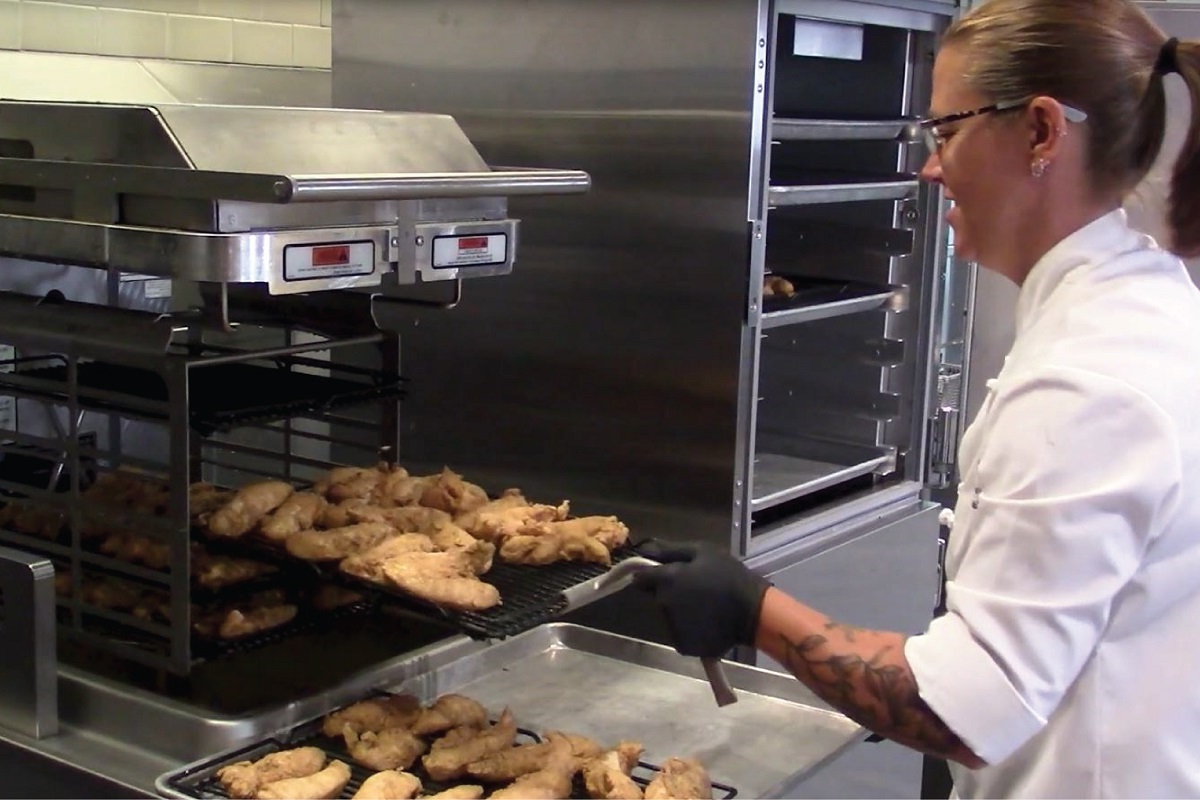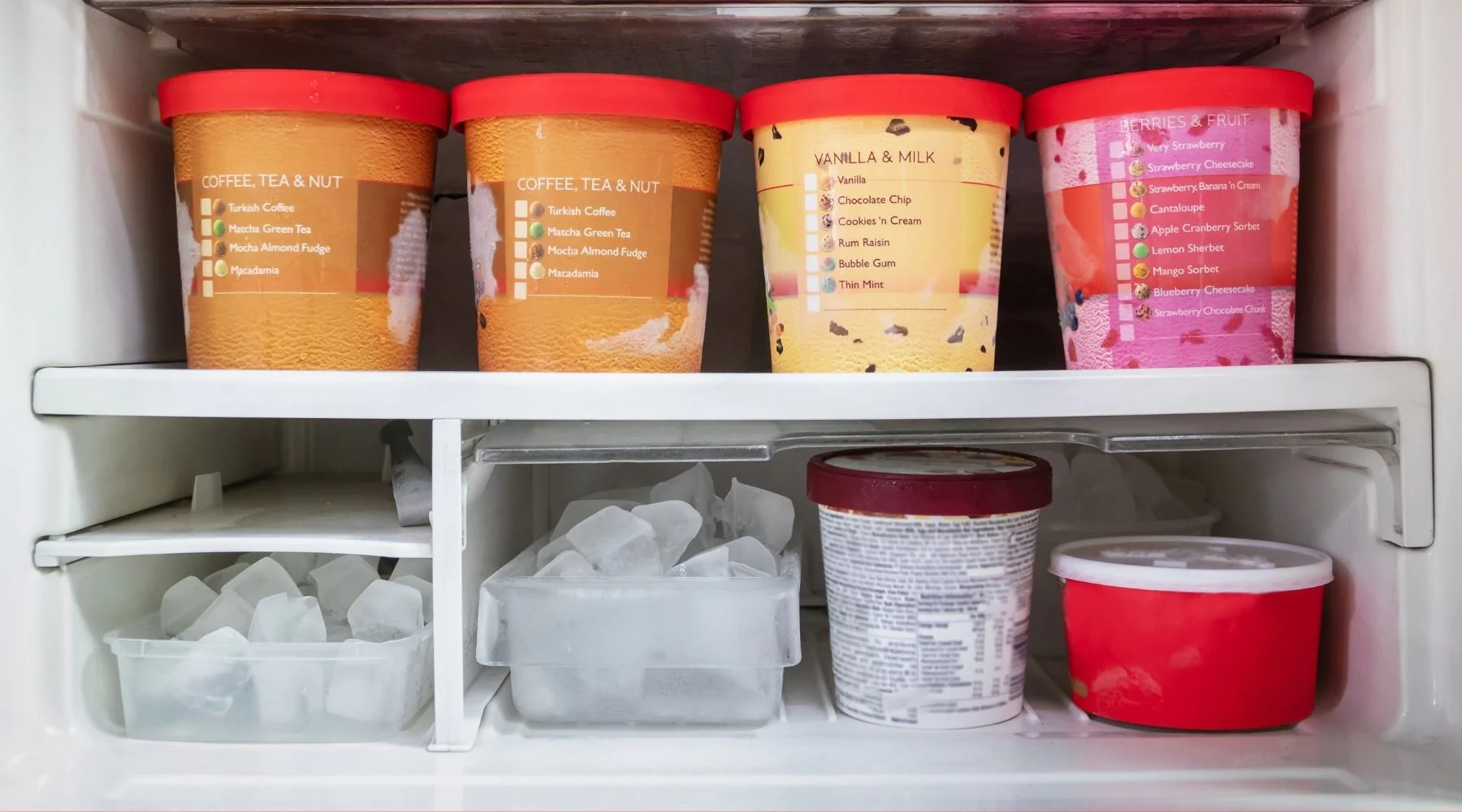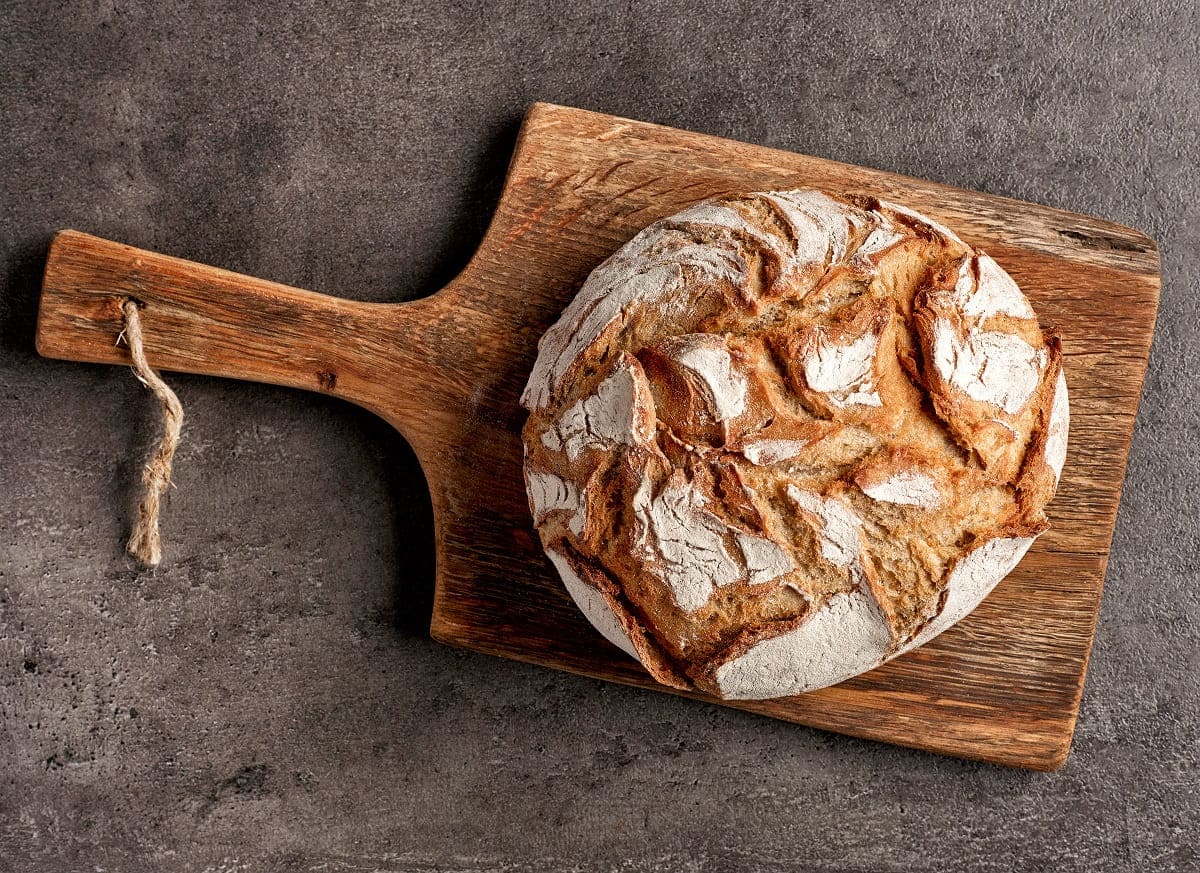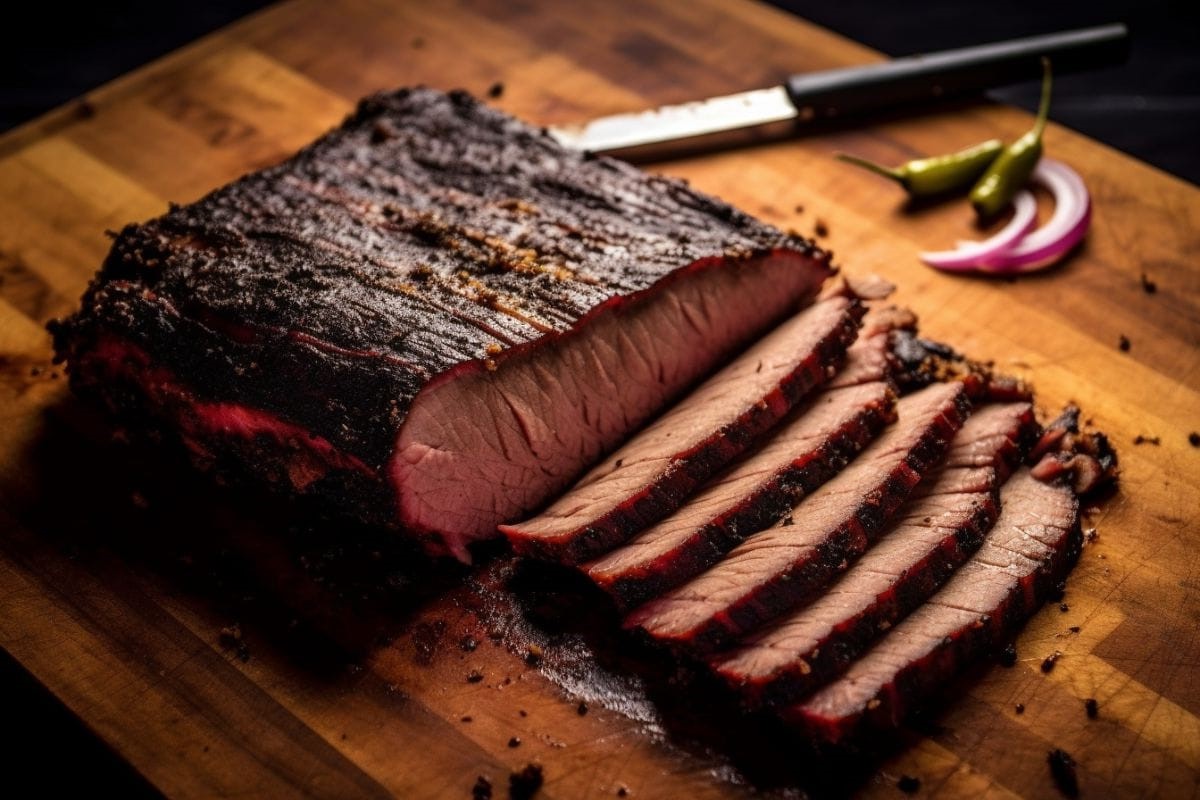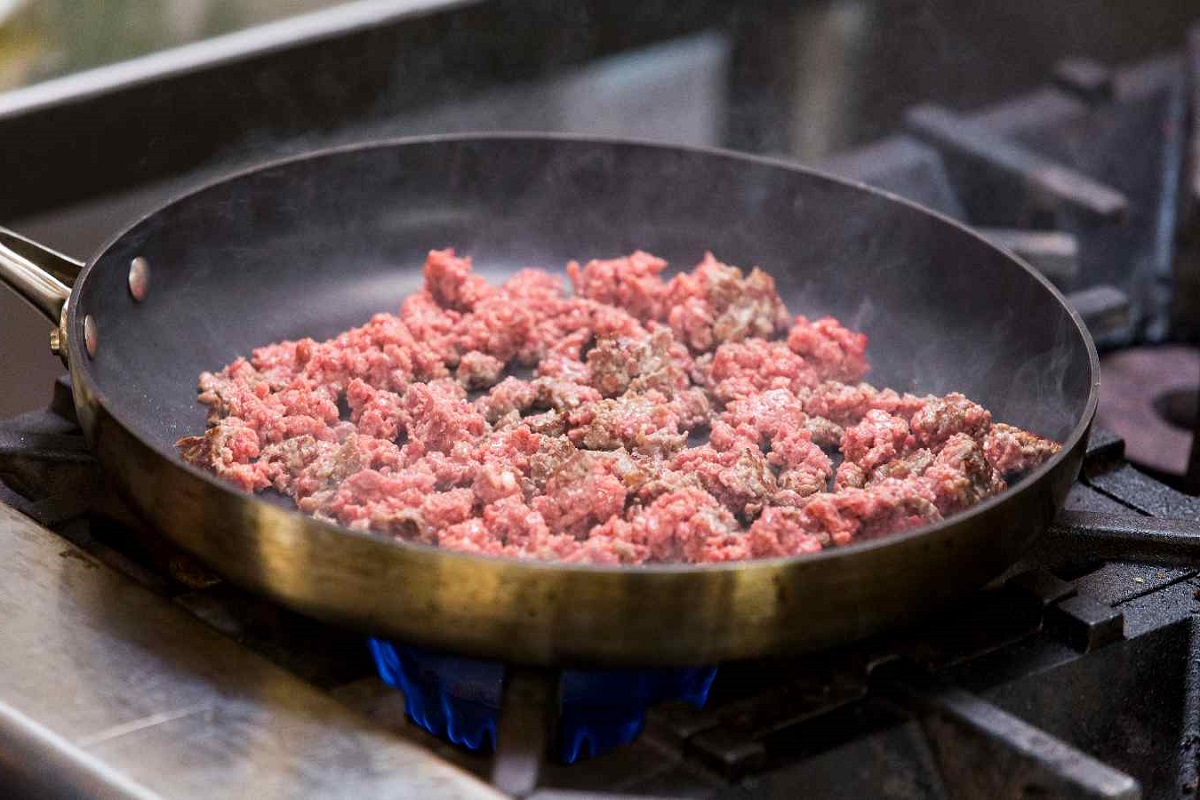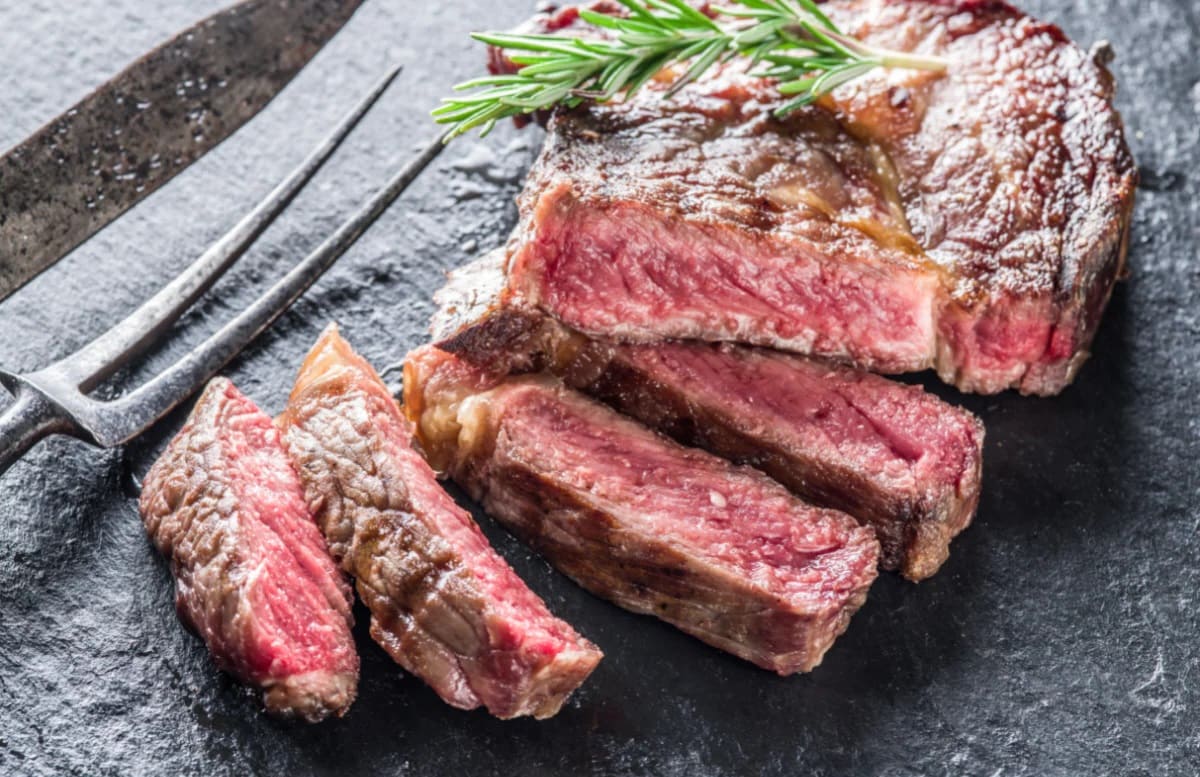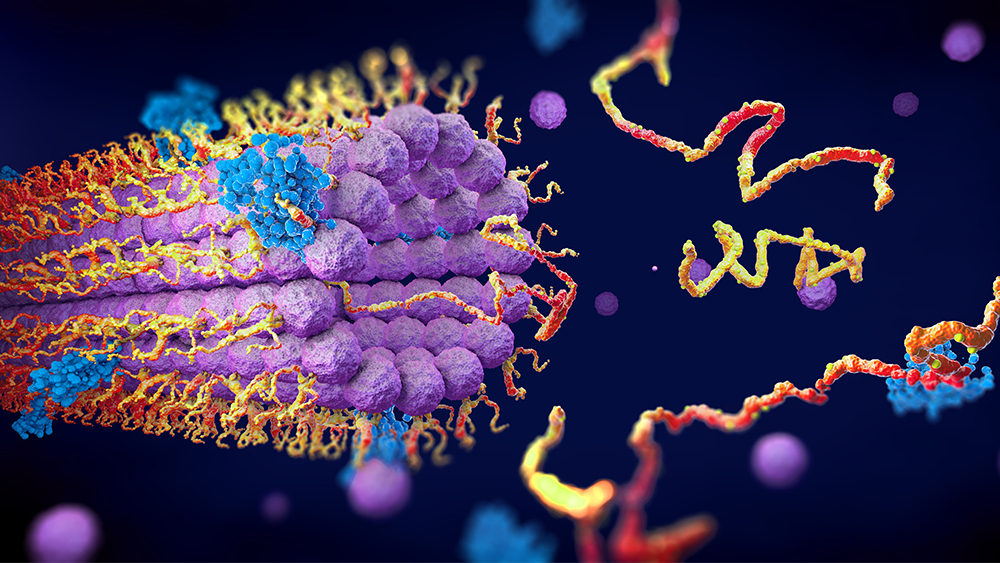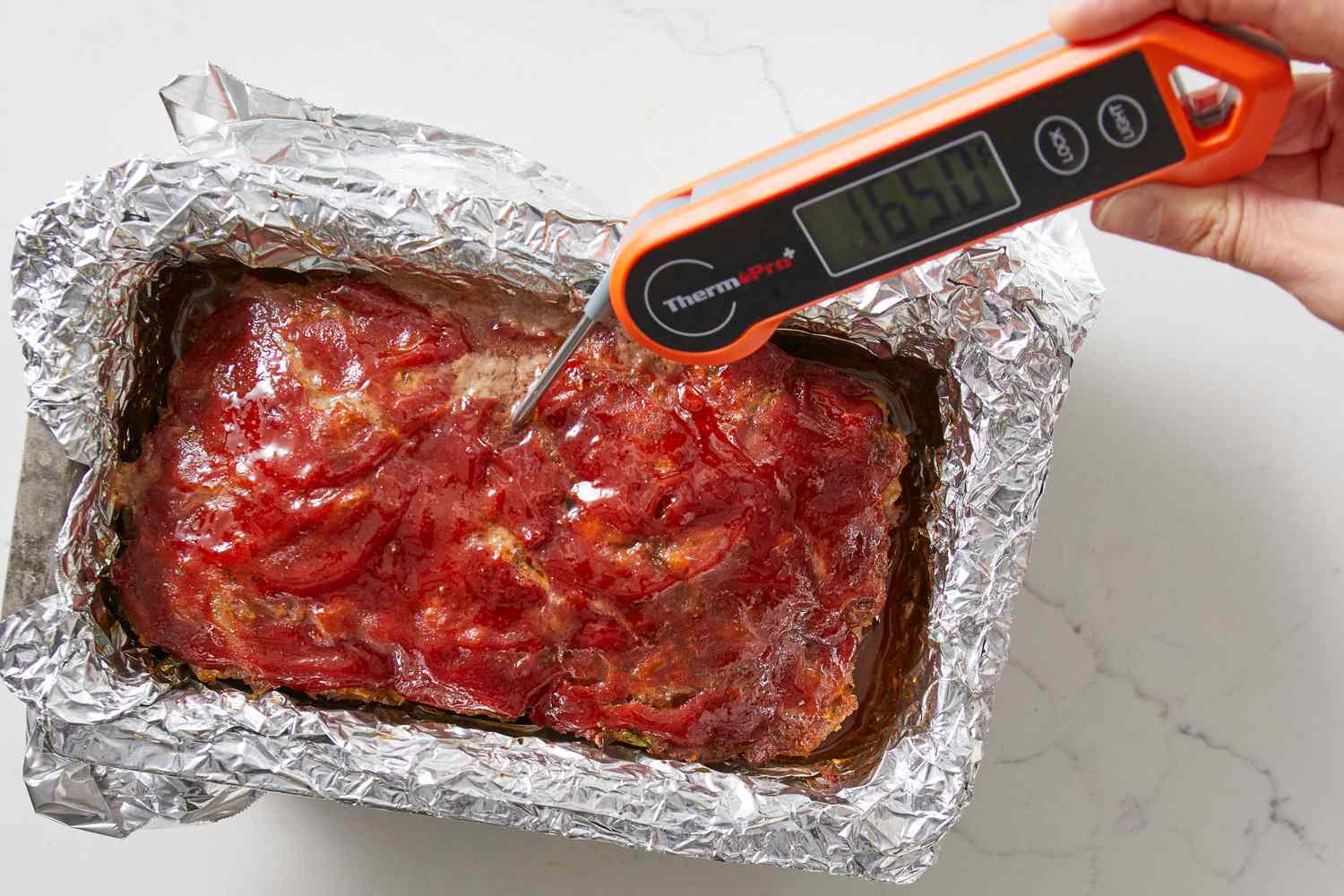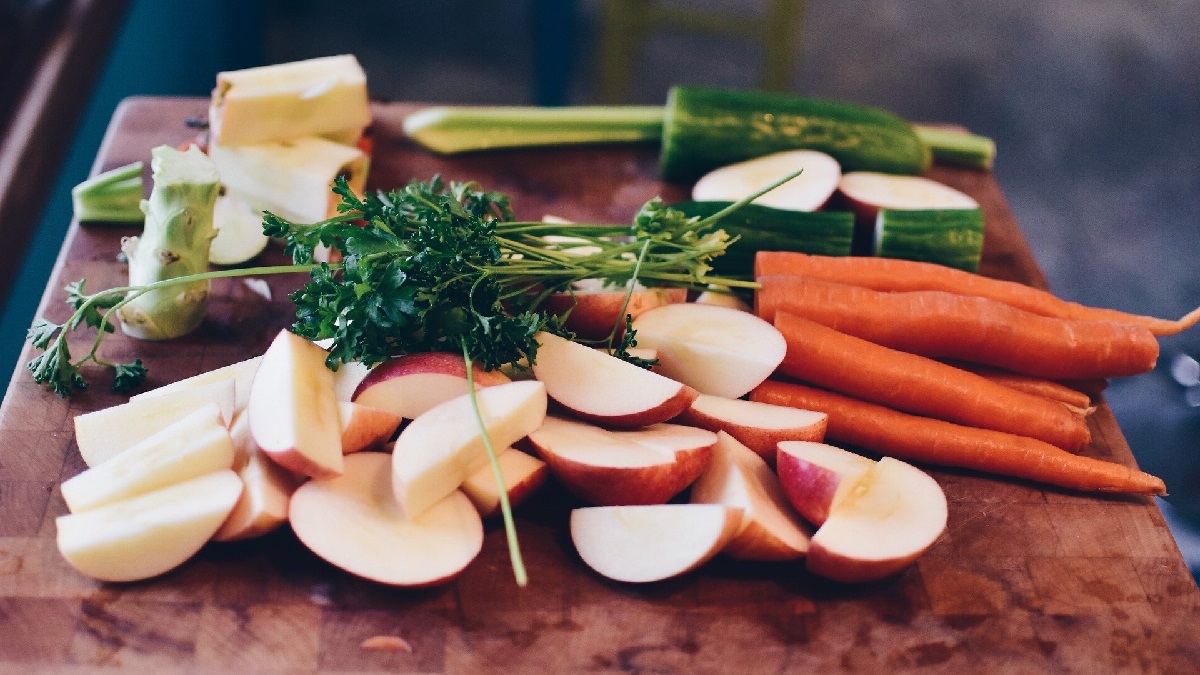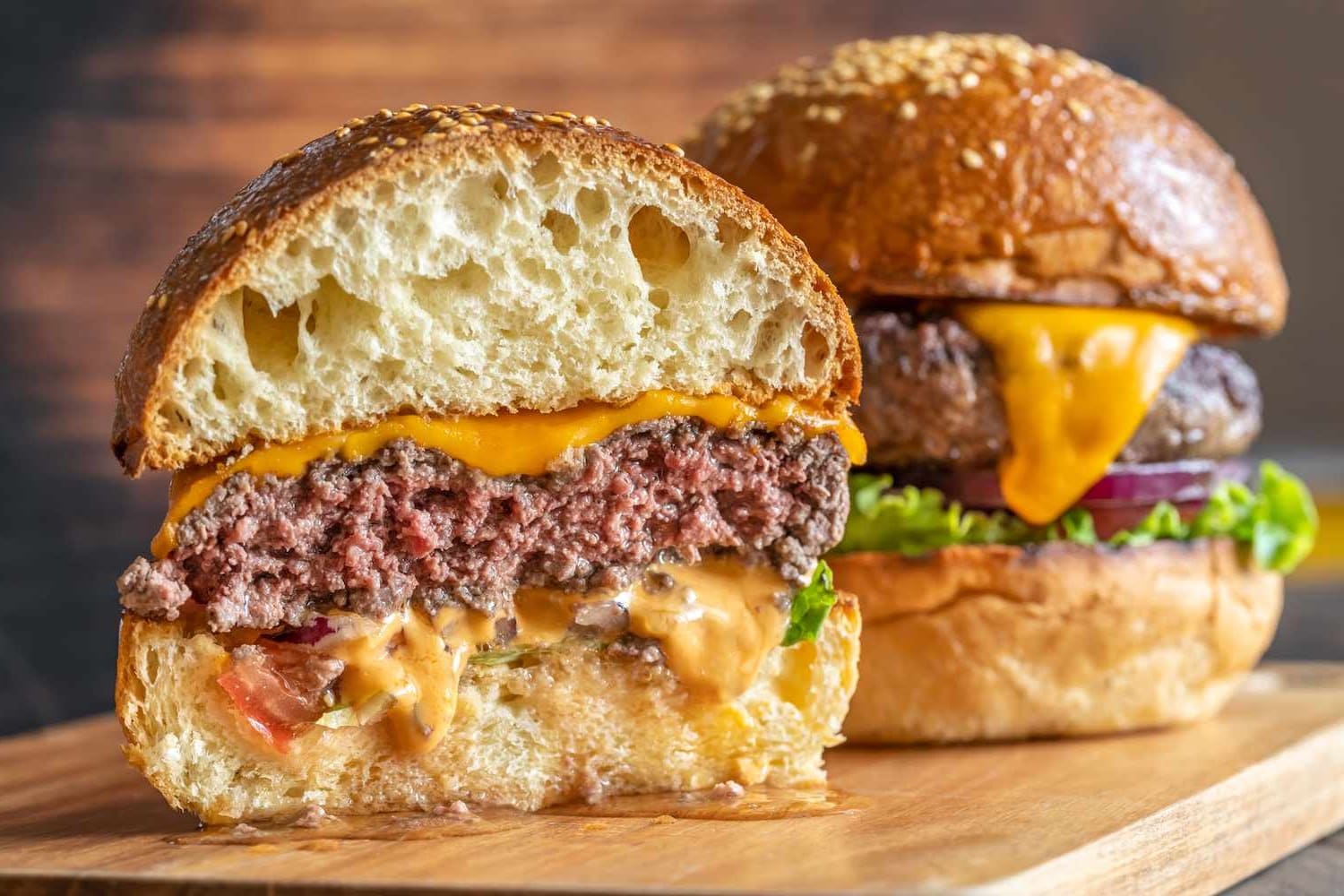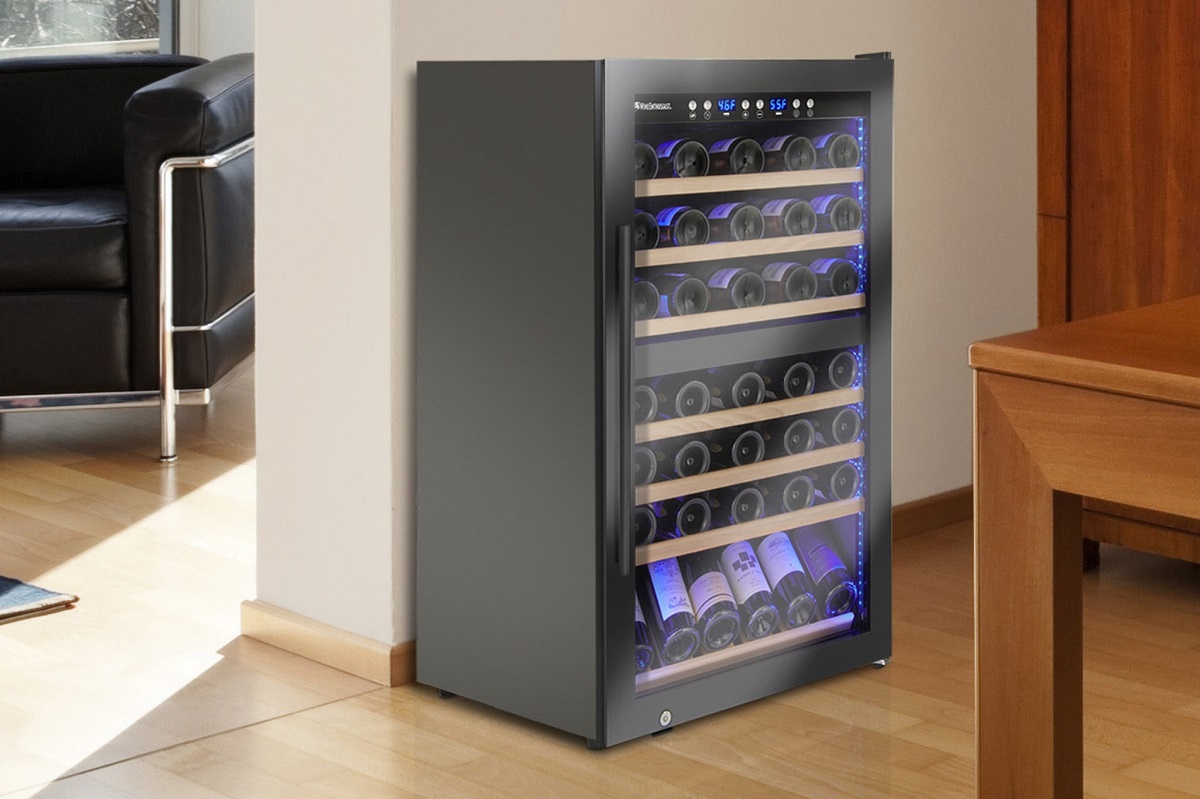Home>Culinary & Beverages>Optimal Temperature For Keeping Hot Food Fresh
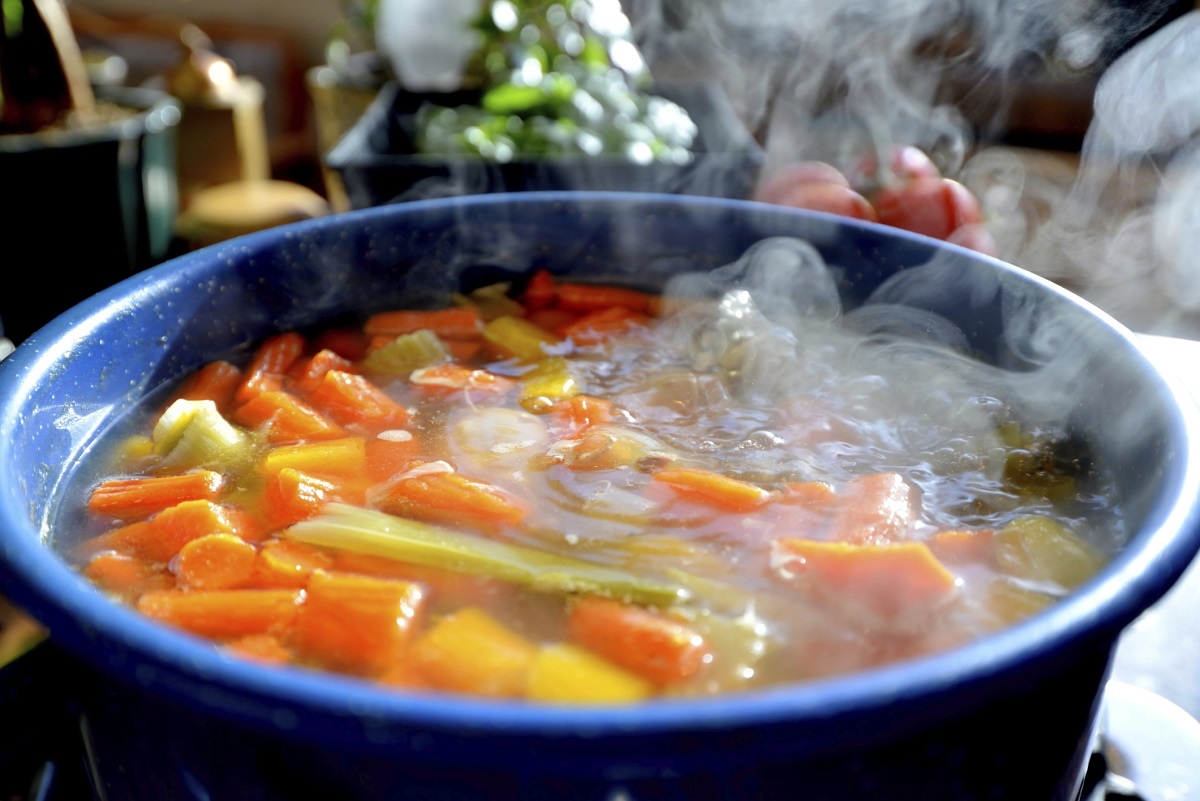

Culinary & Beverages
Optimal Temperature For Keeping Hot Food Fresh
Published: February 21, 2024
Discover the ideal temperature for preserving the freshness of hot culinary and beverage items. Learn how to maintain optimal conditions for keeping your food and drinks at their best.
(Many of the links in this article redirect to a specific reviewed product. Your purchase of these products through affiliate links helps to generate commission for Temperatures.com, at no extra cost. Learn more)
Table of Contents
Introduction
When it comes to savoring a delicious hot meal, freshness is key. Whether it's a piping hot bowl of soup, a succulent roast, or a delectable casserole, maintaining the optimal temperature is crucial for preserving the flavors and textures that make these dishes so enjoyable. The temperature at which hot food is stored not only impacts its taste and quality but also plays a pivotal role in ensuring food safety.
In this article, we will delve into the significance of maintaining the optimal temperature for keeping hot food fresh. We will explore the various factors that influence the freshness of hot food, the importance of temperature control, recommended temperatures for different types of hot dishes, and practical tips for preserving the delectable qualities of hot meals. By understanding the impact of temperature on food freshness, you can elevate your culinary experiences and ensure that every hot dish you prepare is enjoyed at its best.
Let's embark on a journey to uncover the secrets of preserving the freshness and flavors of hot food through the art of temperature control.
Factors Affecting Hot Food Freshness
The freshness of hot food is influenced by a myriad of factors that can impact its taste, texture, and overall quality. Understanding these factors is essential for maintaining the delectable qualities of hot dishes. Let's explore the key elements that play a pivotal role in determining the freshness of hot food:
-
Temperature Fluctuations: Hot food is highly susceptible to temperature fluctuations, which can accelerate the deterioration of its quality. Rapid changes in temperature can lead to moisture loss, resulting in dry and unpalatable dishes. Moreover, fluctuating temperatures can create an environment conducive to bacterial growth, posing potential health risks.
-
Moisture Content: The moisture content of hot food is a critical factor in preserving its freshness. Excessive moisture can lead to sogginess, while insufficient moisture can cause dryness and loss of succulence. Balancing the moisture content is essential for maintaining the desired texture and juiciness of hot dishes.
-
Air Exposure: Exposure to air can significantly impact the freshness of hot food. Extended exposure to air can lead to oxidation, causing flavors to deteriorate and aromas to dissipate. Additionally, air exposure can contribute to the loss of moisture, leading to undesirable changes in the texture of hot dishes.
-
Storage Conditions: The manner in which hot food is stored plays a crucial role in preserving its freshness. Proper storage containers, such as airtight containers or insulated vessels, can help maintain the optimal temperature and minimize exposure to external elements. Additionally, storage conditions, such as humidity levels and light exposure, can influence the shelf life of hot dishes.
-
Ingredient Quality: The quality of ingredients used in hot dishes directly impacts their freshness. Fresh, high-quality ingredients contribute to the overall flavor and texture of the dish, while subpar ingredients can compromise its freshness and appeal.
By understanding and addressing these factors, you can take proactive measures to uphold the freshness of hot food, ensuring that each dish is enjoyed at its peak quality. Now, let's delve into the importance of maintaining the optimal temperature for preserving the freshness of hot food.
Importance of Optimal Temperature
Maintaining the optimal temperature is paramount when it comes to preserving the freshness and quality of hot food. The temperature at which hot dishes are stored directly impacts their taste, texture, and safety. Here's why optimal temperature control is of utmost importance:
Preservation of Flavor and Texture
The optimal temperature helps preserve the flavors and textures that make hot dishes so delectable. Whether it's a savory stew, a tender roast, or a creamy pasta dish, maintaining the ideal temperature ensures that the intricate flavors and textures are retained. This preservation of flavor and texture contributes to a more enjoyable dining experience, allowing individuals to savor the full depth of the culinary creation.
Prevention of Bacterial Growth
Proper temperature control is essential for inhibiting the growth of harmful bacteria in hot food. Bacteria thrive in environments where temperatures are conducive to their proliferation. By storing hot food at the recommended temperatures, the risk of bacterial contamination is significantly reduced, safeguarding the health of consumers and preventing foodborne illnesses.
Food Safety Compliance
Adhering to optimal temperature guidelines is crucial for ensuring compliance with food safety regulations and standards. Whether in a home kitchen or a commercial food establishment, maintaining the prescribed temperatures for hot food storage is essential for upholding food safety protocols. This is particularly critical in food service settings, where regulatory compliance is imperative to protect the well-being of patrons.
Prevention of Spoilage
Inadequate temperature control can lead to the premature spoilage of hot dishes. Excessive heat can accelerate the deterioration of food, leading to spoilage and wastage. Conversely, suboptimal temperatures can compromise the freshness and longevity of hot food, resulting in unappealing and potentially unsafe culinary offerings.
Enhancement of Shelf Life
Optimal temperature maintenance extends the shelf life of hot food, allowing for prolonged enjoyment of freshly prepared dishes. By storing hot food at the recommended temperatures, individuals can minimize food waste and maximize the longevity of their culinary creations, thereby optimizing resource utilization and reducing unnecessary disposal.
In essence, the importance of optimal temperature for keeping hot food fresh cannot be overstated. By prioritizing temperature control, individuals can elevate the quality, safety, and longevity of their hot dishes, ensuring that each culinary creation is a delightful and wholesome experience for all who partake.
Recommended Temperatures for Different Types of Hot Food
Maintaining the recommended temperatures for different types of hot food is essential for preserving their freshness, flavor, and safety. By adhering to these temperature guidelines, individuals can ensure that their culinary creations are enjoyed at their peak quality. Let's explore the recommended temperatures for various types of hot dishes:
-
Cooked Meats: Cooked meats, including beef, pork, lamb, and poultry, should be stored at a minimum temperature of 140°F (60°C) to prevent bacterial growth and maintain their succulence. Keeping cooked meats at this temperature helps retain their juiciness and flavor while safeguarding against potential foodborne pathogens.
-
Soups and Stews: Hot soups and stews should be maintained at a temperature of at least 165°F (74°C) to ensure that they remain safe for consumption. This temperature threshold helps inhibit bacterial proliferation and preserves the rich, aromatic qualities of soups and stews, allowing their flavors to develop and meld harmoniously.
-
Casseroles and Hot Dishes: Casseroles and other hot dishes should be kept at a minimum temperature of 160°F (71°C) to uphold their freshness and safety. This temperature range ensures that the ingredients within the casserole reach the appropriate heat levels, minimizing the risk of contamination and maximizing their palatability.
-
Cooked Grains and Pasta: Cooked grains and pasta dishes should be stored at a temperature of 135°F (57°C) or above to maintain their desirable texture and prevent the growth of harmful microorganisms. By adhering to this temperature recommendation, individuals can enjoy perfectly cooked grains and pasta without compromising their quality.
-
Sauces and Gravies: Hot sauces and gravies should be kept at a temperature of 165°F (74°C) or higher to ensure their safety and consistency. This temperature threshold helps prevent the separation of ingredients and preserves the integrity of the sauces, allowing them to complement dishes with their rich and velvety textures.
By following these recommended temperature guidelines for different types of hot food, individuals can uphold the freshness, safety, and delectable qualities of their culinary creations. Whether preparing a hearty roast, a comforting stew, or a flavorful casserole, maintaining the appropriate temperatures is key to ensuring that each dish is savored at its finest.
Tips for Maintaining Optimal Temperature
Maintaining the optimal temperature for hot food is essential for preserving its freshness and ensuring food safety. Here are practical tips to help you uphold the ideal temperature for your culinary creations:
-
Use Insulated Containers: Invest in high-quality insulated containers to keep hot food at the recommended temperatures. These containers are designed to retain heat, preventing rapid temperature fluctuations and preserving the warmth of hot dishes.
-
Monitor Temperature Regularly: Utilize food thermometers to monitor the temperature of hot food at regular intervals. This proactive approach allows you to ensure that the dishes are maintained at the appropriate heat levels, minimizing the risk of bacterial growth and preserving their quality.
-
Minimize Air Exposure: Limit the exposure of hot food to air by using airtight lids or covers for storage containers. By minimizing air exposure, you can prevent oxidation and moisture loss, preserving the flavors and textures of the dishes.
-
Utilize Warming Trays or Chafing Dishes: When serving hot food at gatherings or events, consider using warming trays or chafing dishes to maintain the optimal temperature. These heating devices help keep the dishes warm throughout the serving duration, ensuring that guests enjoy the culinary delights at their best.
-
Preheat Serving Dishes: Preheat serving dishes before transferring hot food to them. This simple step helps maintain the temperature of the dishes, preventing rapid cooling and ensuring that the culinary creations are enjoyed piping hot.
-
Strategically Place Heat Sources: When storing or serving hot food, strategically place heat sources, such as hot water baths or heating elements, to maintain the desired temperature. This approach is particularly useful for buffet-style settings where multiple dishes need to be kept warm simultaneously.
-
Opt for Thermal Bags for Transportation: When transporting hot food, use thermal bags or insulated carriers to preserve the temperature during transit. These specialized bags help retain heat, ensuring that the dishes reach their destination at the optimal temperature.
-
Reheat Safely: If reheating hot food, ensure that it reaches the appropriate internal temperature to eliminate any potential bacterial contamination. Use safe reheating methods, such as stovetop reheating or microwave heating, to maintain the freshness and safety of the dishes.
By implementing these tips for maintaining optimal temperature, you can elevate the quality and safety of your hot food, ensuring that each culinary creation is enjoyed at its peak freshness and flavor. Prioritizing temperature control is key to delivering delightful dining experiences and upholding the integrity of your culinary endeavors.
Conclusion
In the realm of culinary artistry, the significance of maintaining the optimal temperature for hot food cannot be overstated. From savory stews to succulent roasts, the freshness and quality of hot dishes hinge upon the meticulous control of temperature. As we conclude our exploration of the art of temperature control in preserving hot food, it becomes evident that the interplay of temperature, flavor, and safety is a delicate dance that shapes the culinary experiences of individuals and communities alike.
By understanding the multifaceted impact of temperature on hot food, individuals can elevate their gastronomic endeavors to new heights. The art of temperature control extends beyond mere food safety; it is a testament to the dedication and passion that individuals pour into their culinary creations. Whether in the intimate setting of a home kitchen or the bustling environment of a professional culinary establishment, the conscientious management of temperature is a hallmark of culinary excellence.
As we bid adieu to this exploration, let us carry forth the knowledge and insights gained, infusing our culinary pursuits with a newfound appreciation for the role of temperature in preserving the freshness and flavors of hot food. Let us embrace the art of temperature control as a cornerstone of culinary mastery, enriching our dining experiences and nurturing a culture of gastronomic delight.
In the tapestry of culinary traditions and innovations, the art of temperature control stands as a timeless testament to the dedication and ingenuity of culinary enthusiasts. Let us continue to honor this art, cherishing the warmth and vibrancy it brings to our tables, and savoring each hot dish with an awareness of the meticulous craftsmanship that sustains its freshness and allure.
As we part ways, may the art of temperature control continue to kindle the flames of culinary creativity, inspiring individuals to craft delectable hot dishes that captivate the senses and nourish the soul. Let us carry forth this knowledge, embarking on a journey of culinary discovery, where the mastery of temperature becomes a symphony of flavors and a celebration of the culinary arts.
In the tapestry of culinary traditions and innovations, the art of temperature control stands as a timeless testament to the dedication and ingenuity of culinary enthusiasts. Let us continue to honor this art, cherishing the warmth and vibrancy it brings to our tables, and savoring each hot dish with an awareness of the meticulous craftsmanship that sustains its freshness and allure.
As we part ways, may the art of temperature control continue to kindle the flames of culinary creativity, inspiring individuals to craft delectable hot dishes that captivate the senses and nourish the soul. Let us carry forth this knowledge, embarking on a journey of culinary discovery, where the mastery of temperature becomes a symphony of flavors and a celebration of the culinary arts.
